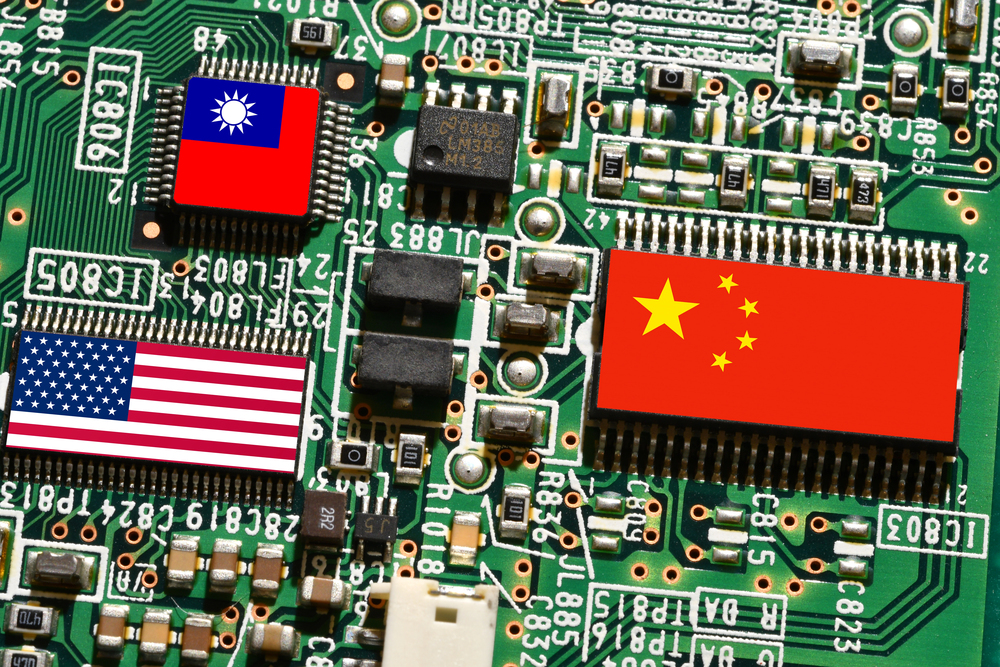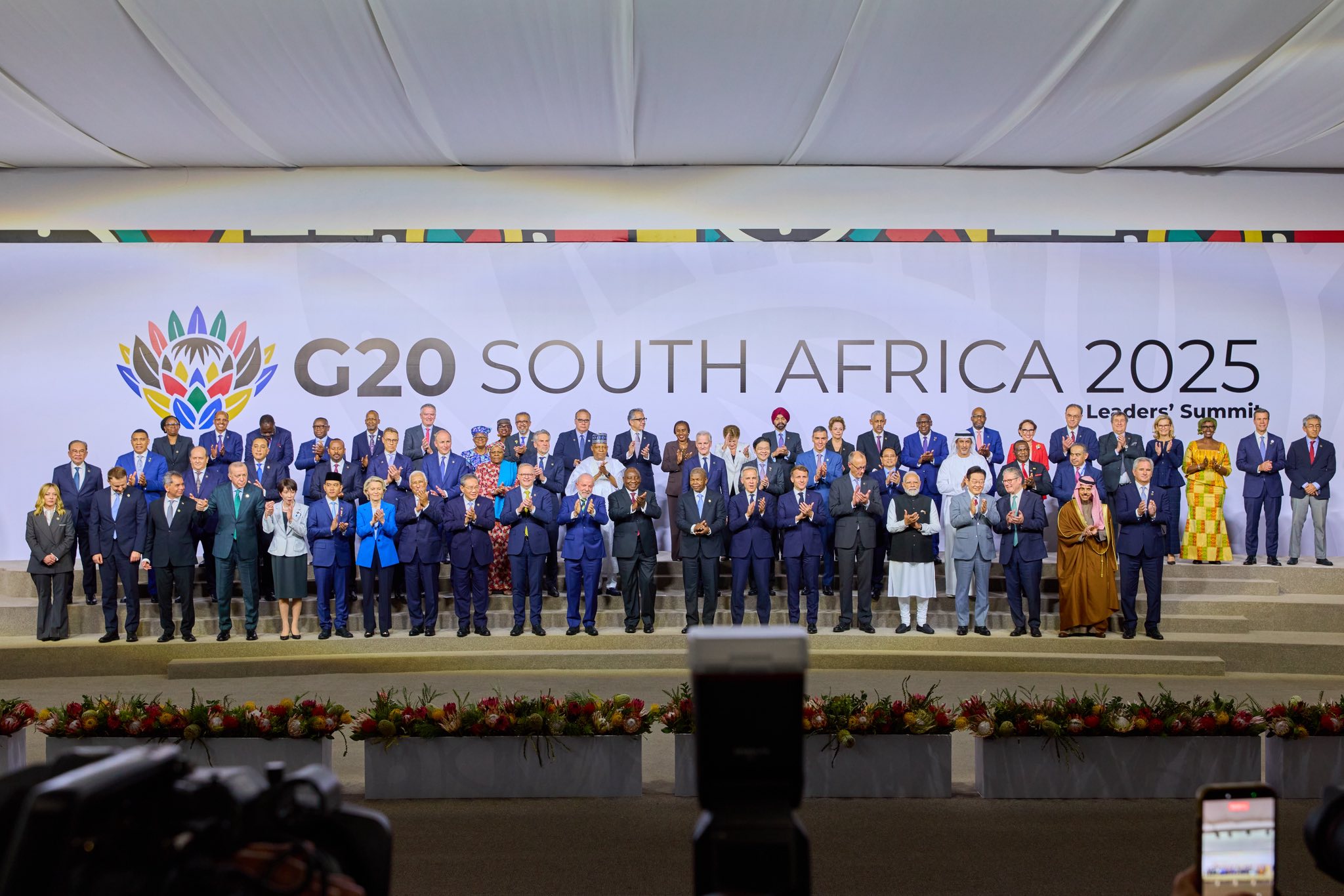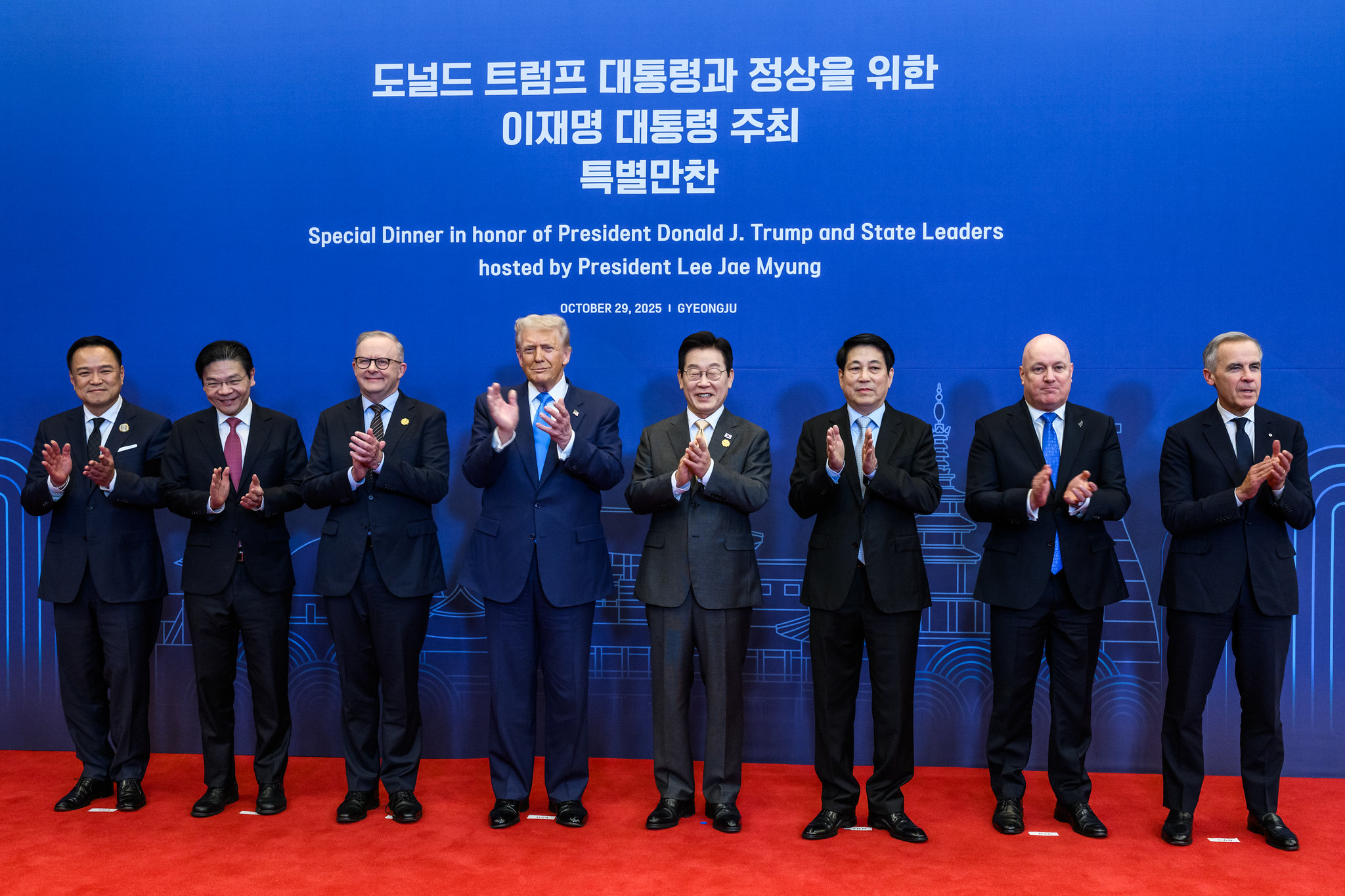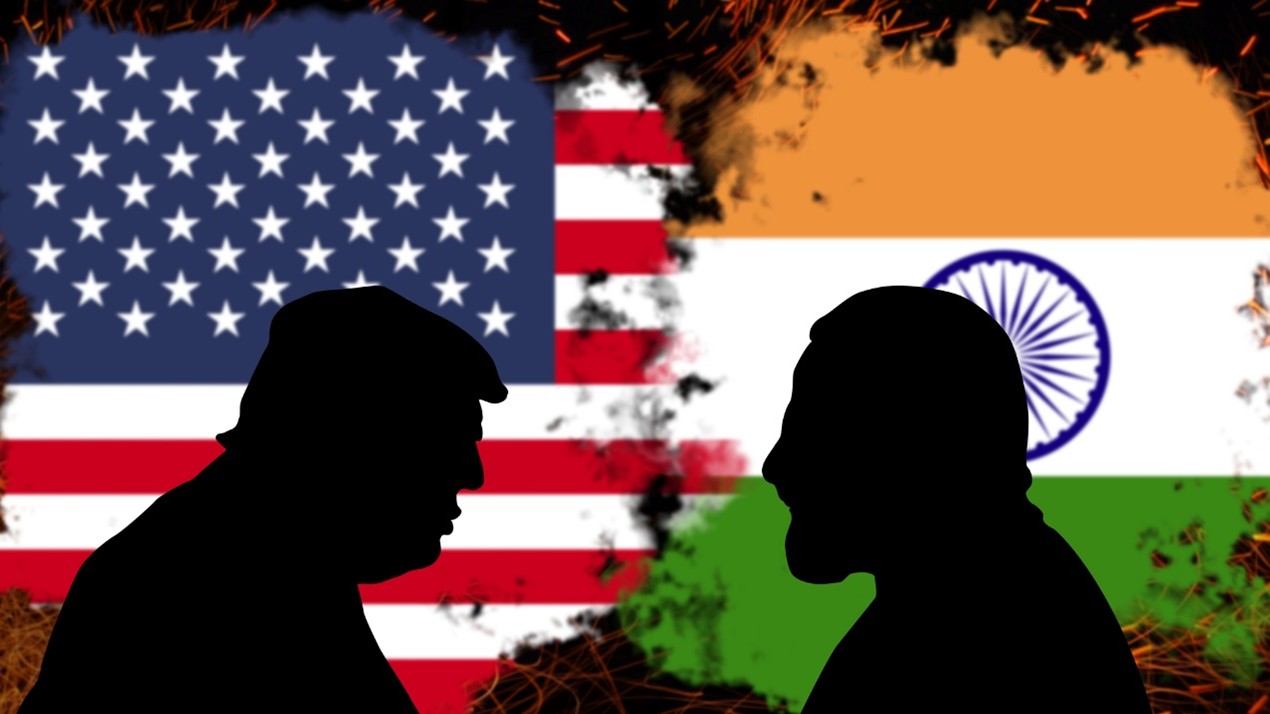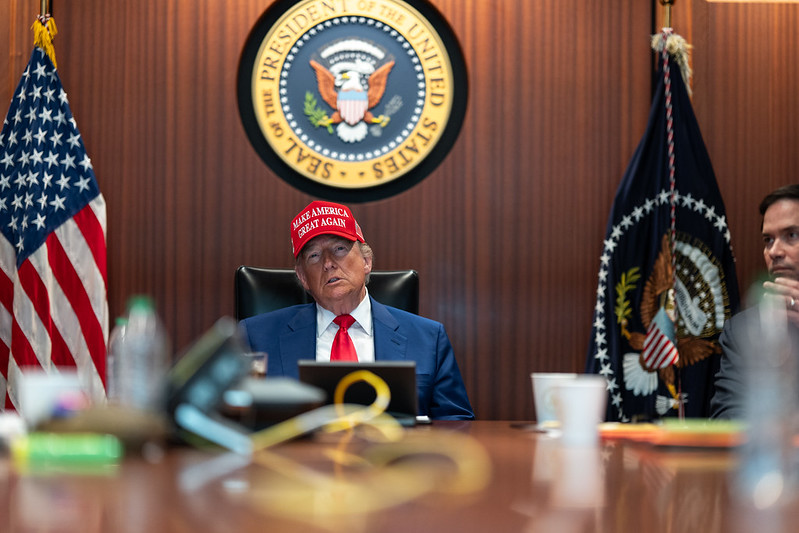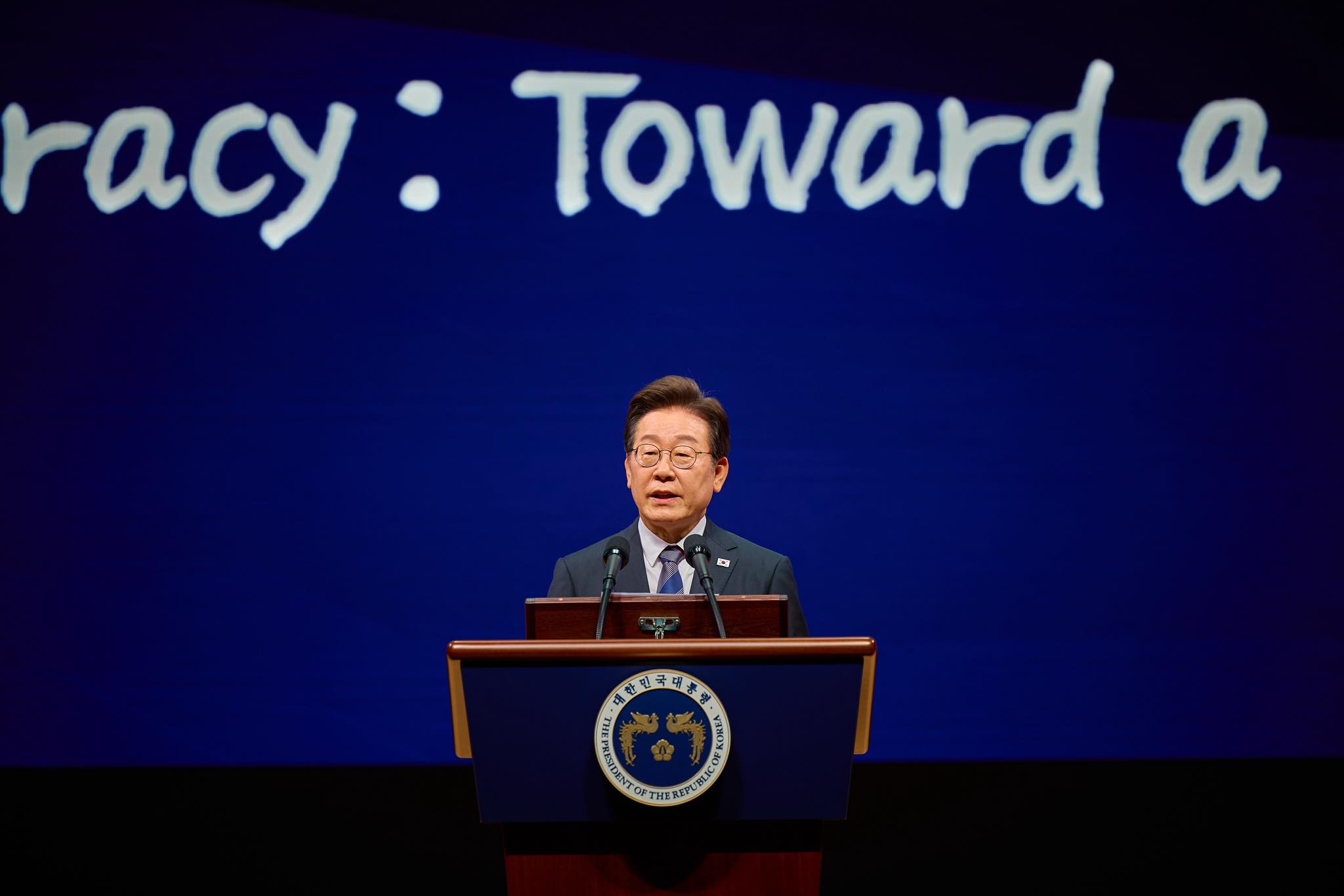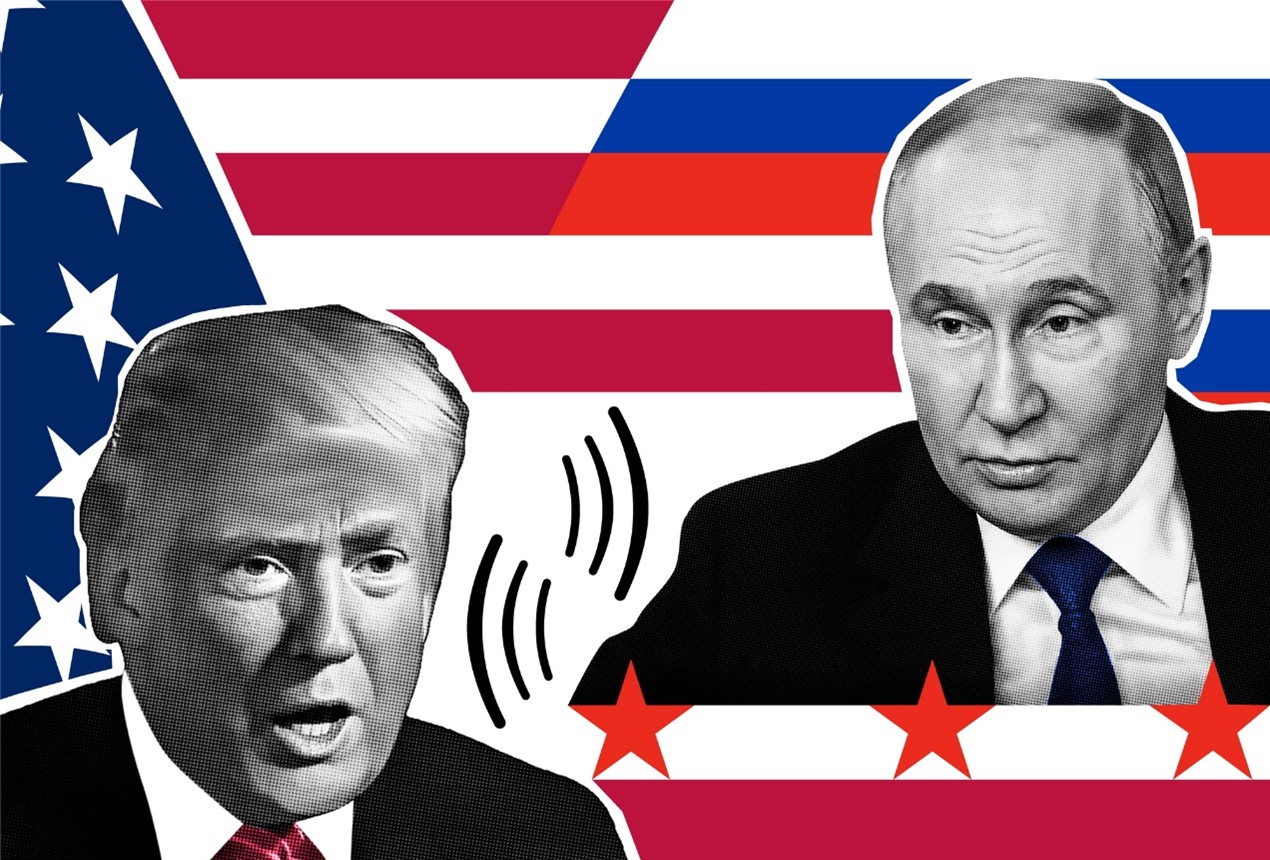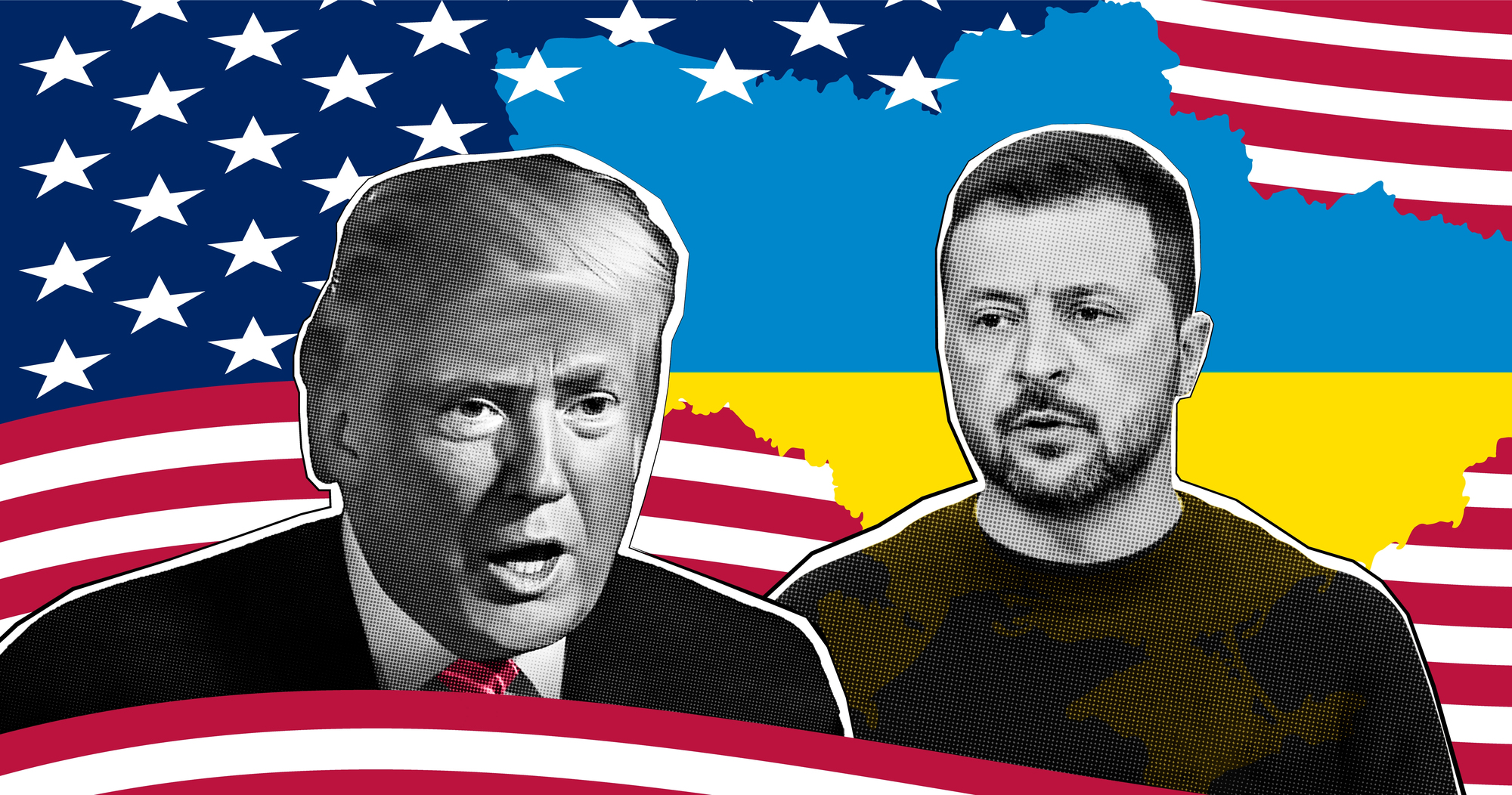Foreign trade negotiators have been struggling to find out what they should offer to get a trade deal with President Trump and possible tariff reductions on their country’s exports. At a minimum, addressing the Trump administration’s concerns over the growing goods traded deficit the U.S. has with countries like Taiwan, and the tariff and non-tariff barriers other countries have on U.S. exports as well, is just the start. Picture source: Depositphotos.
Prospects & Perspectives No. 59
Taiwan-U.S. Trade Talks:
No Simple Way Ahead
By Riley Walters
No new trade deal has been announced between Taiwan and the U.S. yet. During the Joe Biden administration, the two economies concluded the first part of the Taiwan-U.S. Initiative on Twenty-First-Century Trade. However, it is fair to say that previous trade agreements hold little value with the current U.S. administration. Meanwhile, countries like Japan, South Korea, the Philippines, Vietnam, Indonesia, Australia and others, have been announcing new trade frameworks with President Donald Trump.
The Trump administration’s current 20 percent tariff rate on Taiwanese exports puts Taiwan’s small- and medium-sized companies at a disadvantage vis-à-vis their Japanese and Korean competitors, which are getting trade deals for a lower tariff rate, causing Taiwan’s exporters to worry about future profitability. If there is to be a deal, the Trump administration’s demands for greater market access into Taiwan also put the Lai administration in a difficult position with some domestic industries, such as the automobile sector.
While trade issues mostly emerged with the new Trump administration, technology and semiconductor supply chain concerns are a continuing theme across the last two U.S. administrations. Commerce Secretary Howard Lutnick’s recent remarks that Taiwan and the U.S. should split semiconductor production are an echo of former Commerce Secretary Gina Raimondo’s comments about the need for reducing the U.S.’ dependence on chips manufactured within Taiwan.
Recent U.S. trade deals with the European Union, Japan, and South Korea have included tentative investment agreements as well. Whether a future trade deal with Taiwan could include a similar investment agreement, with a focus on the semiconductor industry, is up to trade negotiators and companies. But large investments already announced by Taiwan’s microchip manufacturers mean there may be little capital left for additional investments during the rest of Trump’s term.
There are some additional concerns that U.S. trade talks with China are slowing progress on a Taiwan-U.S. trade deal, as the Trump administration prioritizes getting another deal with Beijing.
A variety of factors weigh on whether Taiwan and U.S. can conclude a new trade deal. For President Lai, no deal may be just as attractive at this point when compared to the political risks that a deal might bring.
The Complexities of a Trade Deal
Foreign trade negotiators have been struggling to find out what they should offer to get a trade deal with President Trump and possible tariff reductions on their country’s exports. At a minimum, addressing the Trump administration’s concerns over the growing goods traded deficit the U.S. has with countries like Taiwan, and the tariff and non-tariff barriers other countries have on U.S. exports as well, is just the start.
According to U.S. trade data, in the second quarter of 2025, the U.S.’ goods deficit with Taiwan was over US$34 billion and the fourth largest among the U.S.’ trading partners. This is up from just eighth place compared to a year earlier when the goods deficit was just under US$17 billion during a similar period. Growing U.S. demand for artificial intelligence and computing servers has led to a doubling of the goods deficit with Taiwan.
Taiwan also maintains several tariff and non-tariff barriers that the Trump administration may feel needs to be included in a trade deal. This can include Taiwan’s 17.5 percent tariff on passenger vehicles, a 30 percent tariff on certain prepared foods, and double-digit tariffs on certain agricultural and farm commodities. As for non-tariff barriers, there are American concerns over Taiwan’s import quotas for certain goods like rice and automobiles, labeling and other processes they feel unfairly target American pork and beef, and pricing concerns over certain medical goods.
Taiwan’s trade negotiators should be well aware that Taiwan is going to get some level of tariff on its exports to the U.S. even with a deal. Even countries the U.S. has trade in goods surpluses with are getting 10 percent tariffs on their exports. The question is whether Taiwan can lower its 20 percent to the 15 percent tariff that countries like Japan have. Taiwan’s current 20 percent tariff is also an additional tariff, not a substitute tariff like Japan’s 15 percent. This means that if the U.S. already has a tariff on a commodity the difference in the effective tariff rate between Taiwan and Japan grows even larger.
Taiwan’s negotiators are likely looking for equal terms to countries like Japan as much as possible. European and Japanese negotiators were also able to lock in lower tariff rates on commodities the Trump administration has been taxing using a separate, national security-related, trade law. The tariff on certain goods like automobile imports, copper, steel, aluminum, and other commodities now range between 25 and 50 percent for most countries. But for Europe and Japan, the tax on automobile imports is now just 15 percent.
Some Trump administration officials have suggested that there may be a new tariff on semiconductors and semiconductor-related products at some point as well. It’s unclear what products would be targeted but the tariff rate could be as high as 25 percent.
For now, many high-tech commodities are still exempt from any tariffs. Since April 11, certain semiconductors and consumer electronics have no additional tariff. This is significant for Taiwan, given a majority of Taiwanese exports to the U.S. are these tech products. Monthly trade data shows about 75 percent of all imports from Taiwan are still exempt from tariffs. This includes servers, routers, and electrical parts.
Since September, the U.S. administration has also opened a new avenue for possible trade negotiations. The “Potential Tariff Adjustment for Aligned Partners” allows President Trump to remove any new tariff for certain list of commodities so long as the negotiating partner has concluded some sort of trade or security deal with the U.S. However, Taiwan’s ability to take advantage of this is limited given many of these commodities are raw materials which Taiwan is not a significant producer of.
Technology Investments
Several of the trade deals the U.S. has made recently have included investment agreements or investment commitments as well. Japan’s negotiators have arranged a complicated four-year investment agreement that would see US$550 billion of new investment into the U.S. European negotiators have offered to invest as much as US$600 billion in the U.S. in the next three years.
The Trump administration has been very welcoming to new foreign investment in the US. Taiwan Semiconductor Manufacturing Company’s (TSMC) US$100 billion investment announcement allowed its executive to do the one thing that no Taiwanese president could ever expect — an invitation to the White House. Unfortunately, this announcement was not paired with a trade deal at the time.
The Trump administration will always want more investment in the U.S. by Taiwanese firms, especially those connected with critical industries like the semiconductor industry. As TSMC’s investments have shown, however, there is still political risk from these announcements for the Lai administration. Domestic fears that Taiwan is weakening its silicon shield as production moves to the U.S., while exaggerated, is still something Taiwan officials have to grapple with.
Conclusion
There is political risk for the Lai administration whether he makes a deal or not. The complexities of the trade deals the U.S. has announced can range from a simple post on social media by President Trump, to a complicated commodity-specific agreement with or without an investment agreement attached.
Can Taiwan and the U.S. get a trade deal done? It’s possible. But many are already asking: is it worth the risk?
(Riley Walters is Senior Fellow at the Hudson Institute.)


